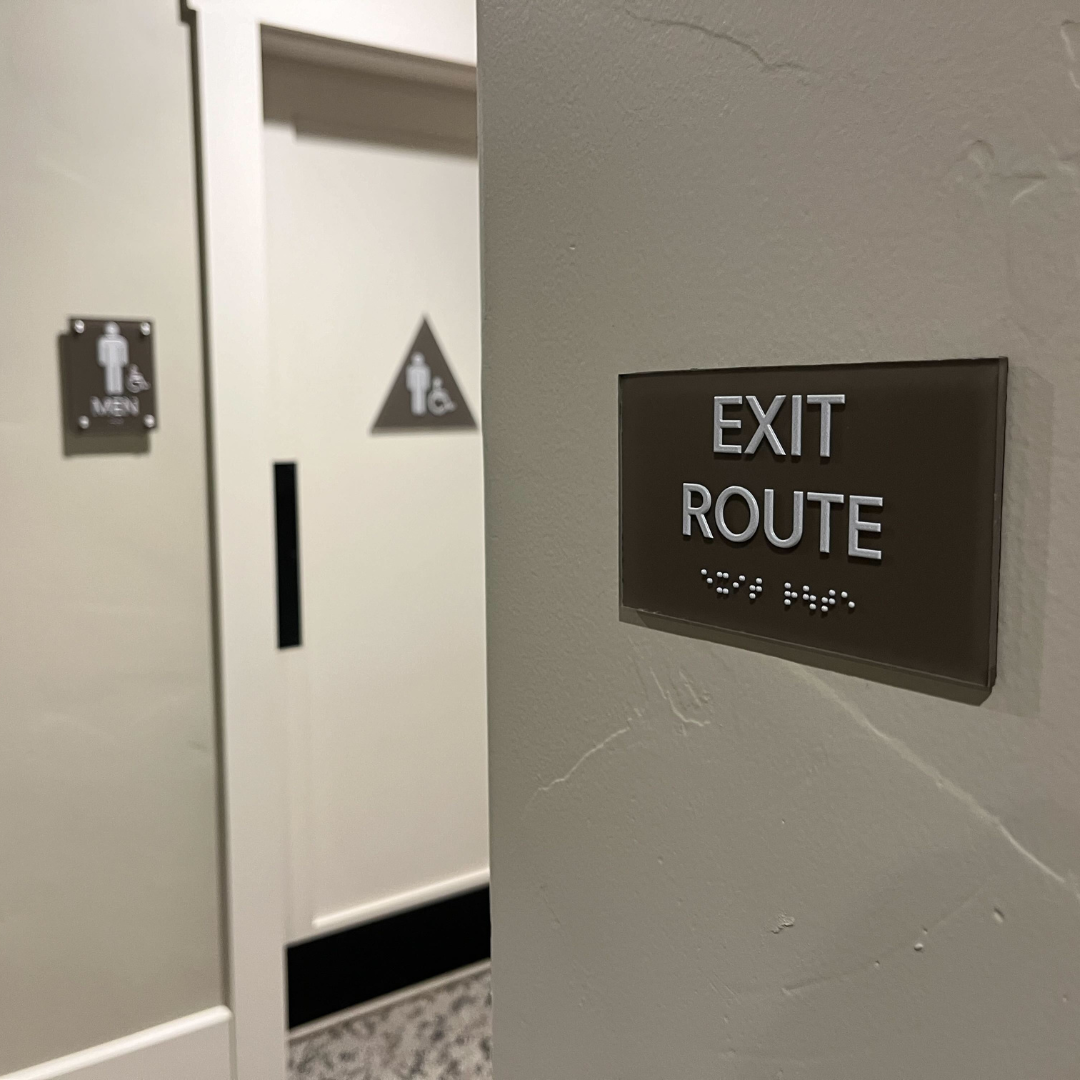What Makes Great Wayfinding (and Why It’s Often Overlooked)

What Makes Great Wayfinding (and Why It’s Often Overlooked)
Imagine walking into a building and immediately knowing where to go without any confusion, backtracking, or asking for directions. That’s the power of great wayfinding signage design. But when it’s done poorly (or worse, overlooked altogether), it creates frustration, slows people down, and reflects poorly on your business. In this post, we’ll explore what makes wayfinding signage effective, where it’s used, and how BLR helps businesses across the Bay Area design systems that truly guide and impress.
Wayfinding Isn’t Just About Signs — It’s About Experience
When you walk into a hospital, airport, or campus, you don’t want to think about how to get where you’re going — you just want to get there. Great wayfinding signage design makes that possible. It’s intuitive, unobtrusive, and effective. In fact, the best-designed systems are the ones you barely notice at all.
Unfortunately, bad signage is everywhere and it costs businesses more than they realize.
Why Poor Wayfinding Hurts Your Business
Confusing signage leads to frustration, delays, missed appointments, and even lost revenue. In high-traffic spaces like medical facilities, government buildings, or corporate campuses, poor navigation creates a ripple effect of inefficiency, not to mention stress for both staff and visitors.
In retail and hospitality, unclear signage means missed sales, bad reviews, and damaged brand perception.
What Makes Wayfinding Signage Truly Effective?
Successful wayfinding systems are built on six core principles:
- Clarity: Simple, readable messaging — no jargon, no clutter.
- Consistency: Uniform fonts, colors, symbols, and placement.
- Flow: Logical progression that matches how people naturally move through space.
- Predictability: Clear expectations about what’s ahead and where to go next.
- Accessibility: ADA-compliant contrast, braille, and mounting heights.
- Brand Integration: A cohesive visual identity that supports the environment.
A good system doesn’t just direct people — it builds trust and reinforces your brand in the process.
Types of Wayfinding Signage to Consider
- Identification signs: Label rooms, departments, or landmarks.
- Directional signs: Show where to go next at decision points.
- Informational signs: Provide context or details (e.g., operating hours, policies).
- Regulatory signs: Communicate rules, safety information, or restrictions.
Most effective projects use a layered approach that includes all four.
Where It’s Used: Real-World Wayfinding Applications
- Hospitals & Clinics: Helping patients and families navigate calmly under stress.
- Corporate Offices: Reducing confusion for visitors, vendors, and new employees.
- Colleges & Campuses: Connecting large spaces with multiple buildings or departments.
- Museums & Attractions: Enhancing the visitor experience and keeping traffic flowing.
- Retail & Mixed-Use: Encouraging discovery, circulation, and customer engagement.
A BLR Project Example: San Juan Oaks Golf Club
BLR led the wayfinding design and installation for the newly renovated San Juan Oaks Golf Club. With over 150 interior and exterior signs, including: ADA-compliant room IDs, directional signage, and branded wayfinding markers, we created a seamless navigation experience that matches the elegance of the property. The signage system was built to support both daily operations and special events, all while maintaining a strong visual identity.
Explore our Custom Business Signage services to see how we incorporate wayfinding into cohesive branded environments.
Why Work With a Wayfinding Expert
Wayfinding signage design isn’t just a visual design task — it’s an architectural and behavioral science challenge. It takes experience to understand how people move through spaces and where they’re likely to need help.
At BLR Visual Communications, we take a collaborative approach, working with architects, planners, and property managers to craft systems that work. From code compliance to material durability and elegant design, we make sure every element aligns with your goals.
Need a Wayfinding Plan That Actually Works?
Let’s talk. We’ve designed custom signage systems for tech campuses, retail centers, healthcare facilities, and more — right here in the Bay Area.